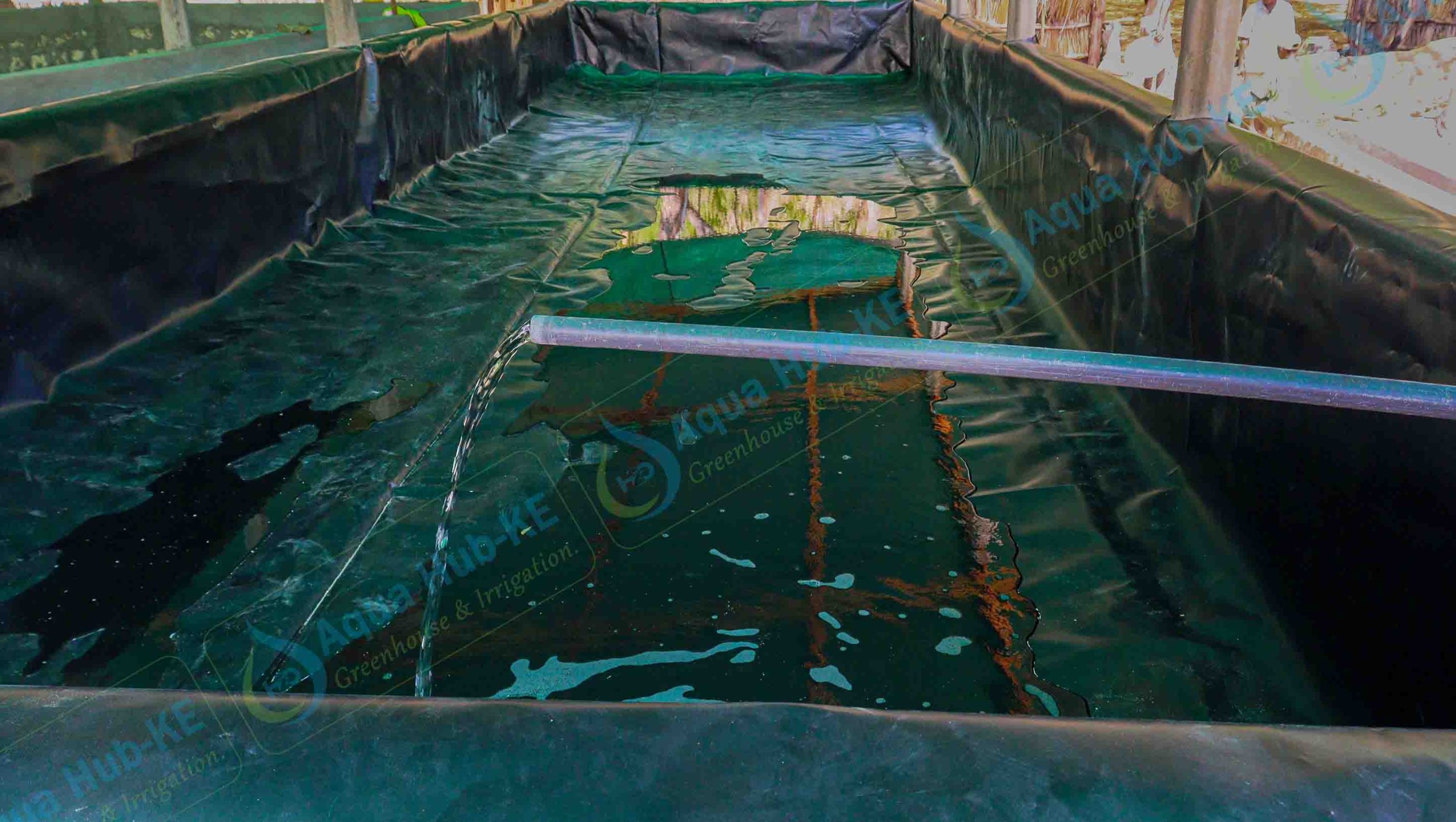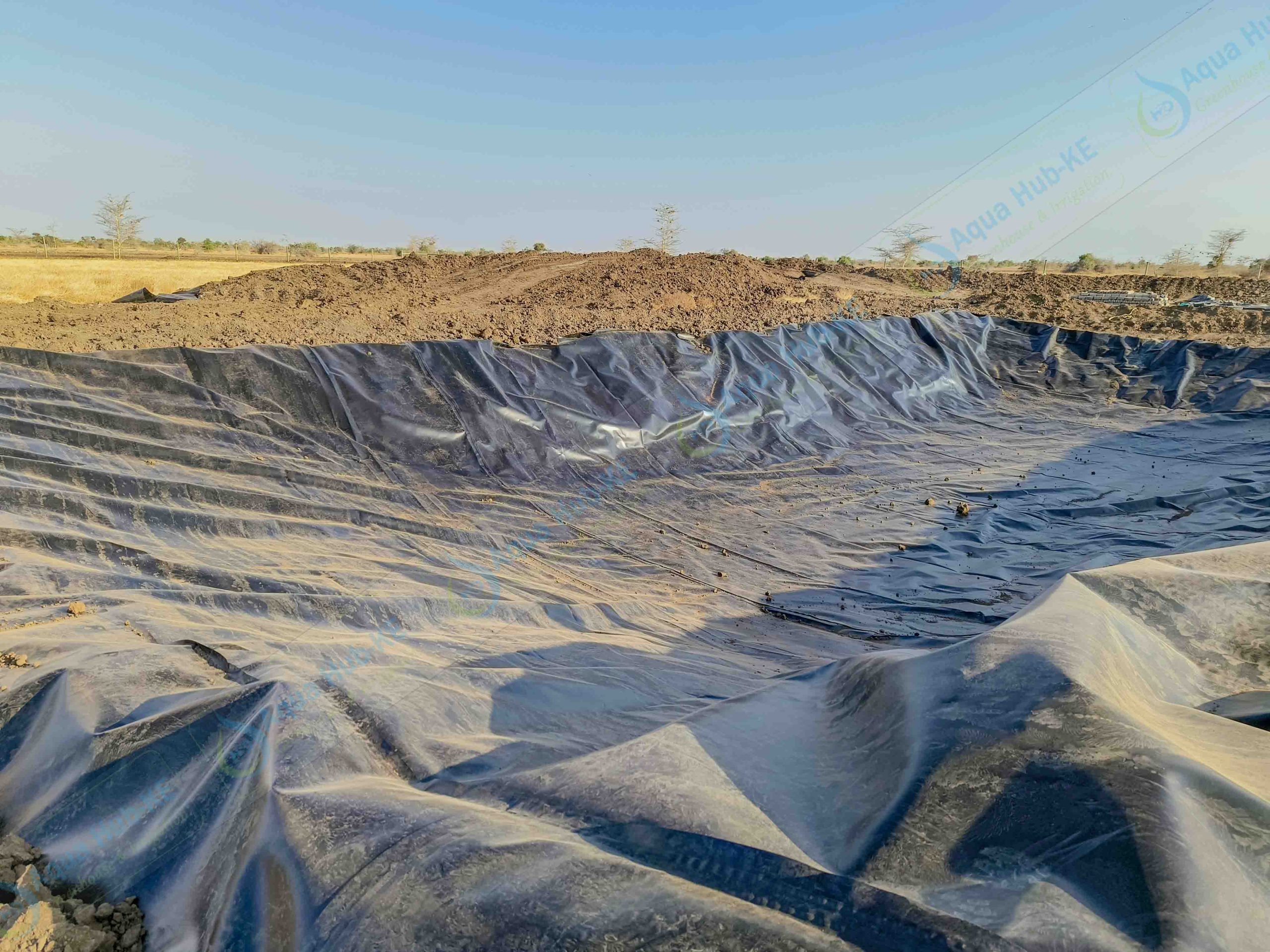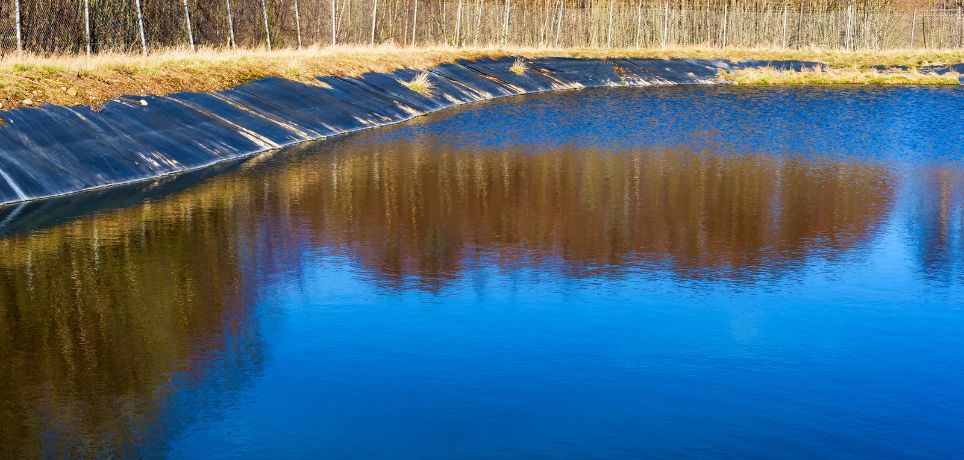A dam liner is among the most innovative water pan securing mats owing to their waterproof and tensile nature.
However, care needs to be exercised during the package delivery and laying down to ensure it remains functional and fits correctly. Careless handling can result in punctures or irregular folds which can be difficult to lay on your dam.
Proper Dam Liner Handling and Application

Here are the steps, procedures, and tips to ensure professional handling and maintenance of the dam liners before and after installation of your dam liners.
- Ensure the water pan surface, walls, and edges are smooth enough to enhance easier dam liner placement.
- The measurement of the liner should be accurate, confirm the dimension before installation to prevent installation problems.
- In other scenarios, the liner needs to be cut and welded to securely fit into certain pond or dam shapes. Use a welding machine or hot blower with a proper welding method.
Installation of Dam Liners
Procedure for installation of dam liners may vary depending on the size of dam or application of the liners.
In case you are installing it on a custom water pan or dam, the steps are;
- Excavation of the area to locate your dam.
- Smoothening the surfaces and removal or rocks
- Dig trenches around the dam 1 M deep for securing the extension that holds the liner onto the ground.
- Unpacking the dam liner rolls Spreads over the dam surface. Ensure you spread it properly and tuck it to all corners of the reservoir.
- Cut the liner and weld it where necessary to extend and fit it into the pond.
- Insert the extension part of the liner into the trenches and bury it with soil.
- Fill water into the dam. In case the water level drops after a short time, pump the water, and inspect and repair any leakages.
Why Professional Dam Liner Installation is Important
Installation process may seem easier on a user manual or upon online study and research. When it comes to the dynamics and actual process, professionalism and expertise will determine its success.
We often recommend clients to seek installation services from our technicians as it may be challenging.
Professional installation determines the durability of your material. The rate at which it will remain functional depends on the handling and installation process.
The cost you spend on installation and repairs also translates to how it was laid and installed. Poor handling joining will often cost you more to repair leaks and worn-out parts.
Generally, your water supply and irrigation projects’ success soley relies on your dam liners installation and operational condition.
Dam Liner Welding
Welding of dam liners is the process of joining several pieces of liners to facilitate the lining of major dams or reservoirs.
How Does Dam Liner Welding Work?
Welding is possible through heat fusion of polymer materials till they melt, combine, and cool to form dried joints.
The principle of heat fusion is applicable by overlapping two liners on the edges by 0.5 ft and applying hot welding between them. Press gently the top liner using a roller to ensure the liners stick together on the heated part.
Advantages of Welding on Site
- It allows for adjustment of dam liners and extension in case it happens to be smaller than the pan.
- Joining the liner in case of an extension of the dam or water pan in the future will be convenient.
- To repair or cover punctures that may occur during installation, unpacking, or pulling of the dam liners.
- Welding makes it convenient to cut, join, and install dam liners on irregular dams or surfaces.
Dam Liner Installation and Supply Maniacs

Buy quality dam liners from Aqua Hub Kenya, the leading supplier in Kenya with affordable dam liner installation and free user guide.
Call 0790719020




